Think global - act local
The most critical event in human history is now underway. The climate is changing, more than it has in 200,000 years of human existence. Sea levels are rising and extreme climate events such as fierce storms, floods, and droughts are occuring with increasing frequency.
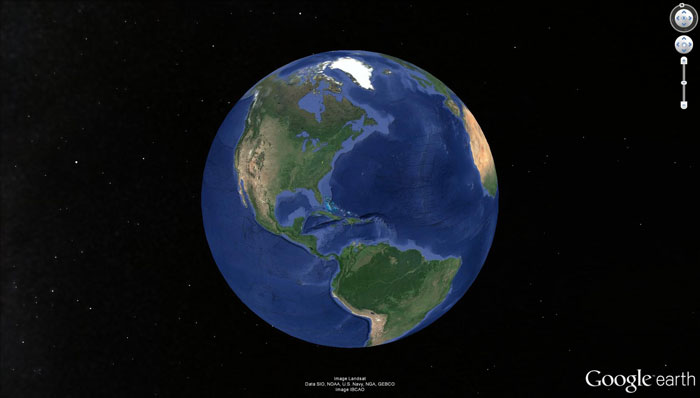
According to a recent report by the American Association for the Advancement of Science, the world's largest scientific organization, "We are at risk of pushing our climate system toward abrupt, unpredictable, and potentially irreversible changes with highly damaging impacts."
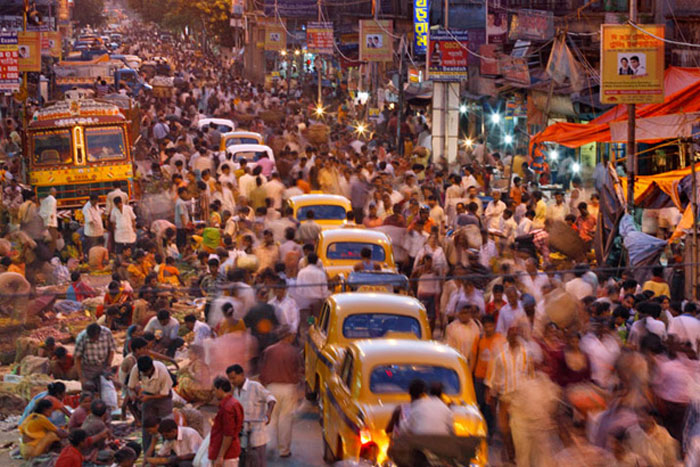
Population skyrockets
Population growth is undermining the ability of our planet to sustain civilization as we know it.
It took 200,000 years for the human population to reach 1 billion, by about 1830. It took only 100 more years for the population to double again, to 2 billion in 1930. It only took 70 more years for the population to triple, to 6 billion people as of 2000. Today, we are at 7 billion, and the U.S. Census Bureau forecasts the world population will top 9 billion by 2050.
Resource consumption
But it's not just population growth that endangers human sustainability. As Jared Diamond wrote in the New York Times, residents of the developed world consume about 32 times more resources per person than those in the earth's most primitive countries.
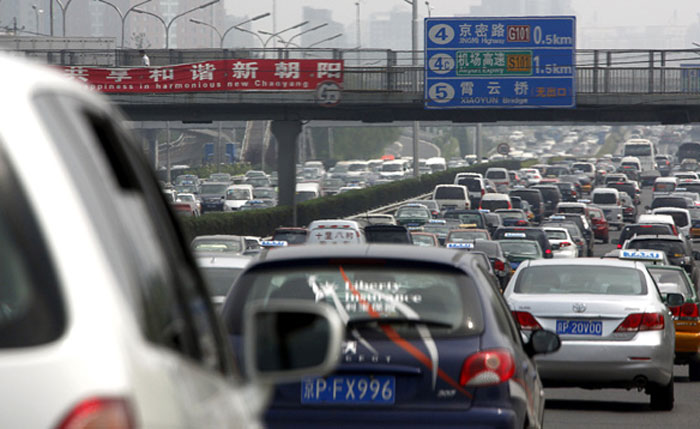
But the middle class is growing rapidly in developing countries like China and India, and therefore resource consumption is increasing much more rapidly than population growth.
As economist Herbert Stein famously said, "Things that can't go on forever, don't." Unless we change our ways, climate change will bring worldwide human misery on a scale never before seen.
Trees can help
There are myriad ways we can help protect the environment, which has sustained us for thousands of years. This website is devoted to one of the best -- planting and maintaining large canopy trees, especially in our urban areas.
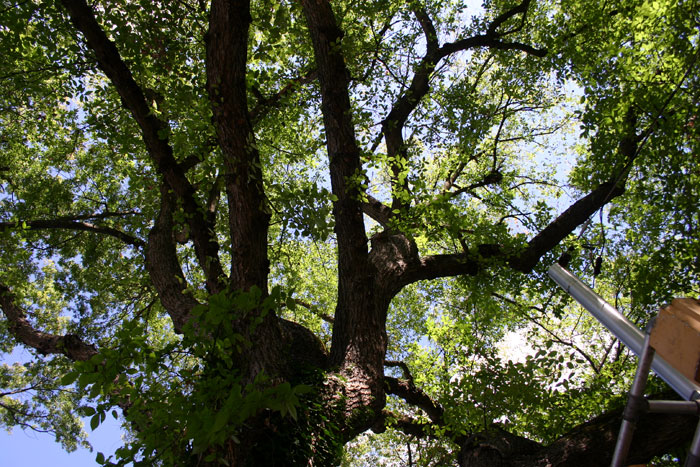
Greening our cities and towns
Although it may seem counter-intuitive, traditional cities and towns are far more sustainable than car-dependent development in the suburbs and the countryside. Because cities and towns place housing, stores, and workplaces on small lots, in close proximity, they consume less energy than low density development. They allow people to walk or take public transportation to many of their destinations, making healthy exrcise an integral part of daily life.
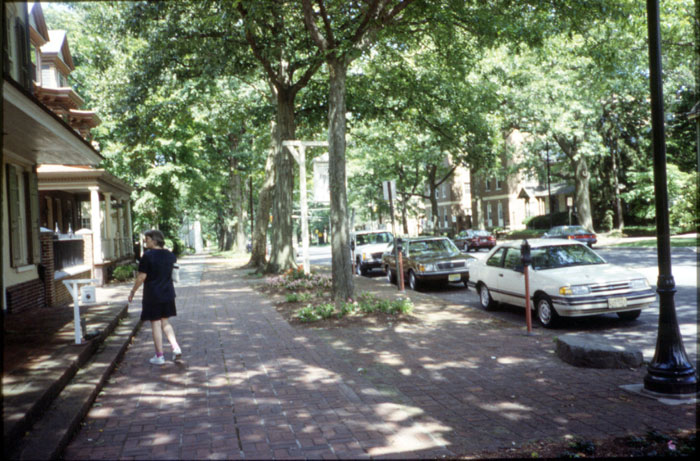
And nothing we can do will make our cities and towns more attractive -- and provide more social, economic, and environmental benefits -- than planting thousands of large canopy trees.
Trees absorb carbon dioxide, reduce energy consumption for cooling buildings, moderate flooding and droughts, and lift the human spirit.
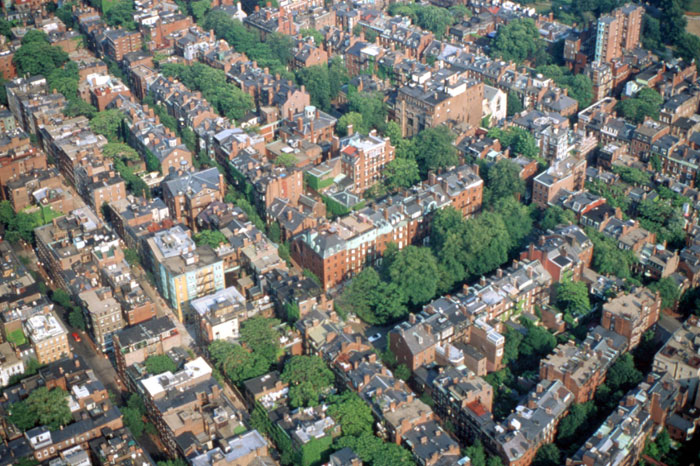
There's plenty of room for canopy trees in all our urban areas
As demonstrated by this view of Boston's Back Bay, above, there's plenty of room for a green canopy in even our most densely populated cities and towns. Using new satellite technology, the Spatial Analysis Lab at the University of Vermont has developed a method of measuring the tree canopy of individual municipalities. In Pennsylvania, it has completed assessments of Philadelphia, Pittsburgh, Lancaster, Pottstown, and State College. For example, here is Philadelphia's Tree Canopy Assessment.
Such an assessment should be the foundation of a Green Infrastructure Plan for any municipality.
